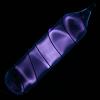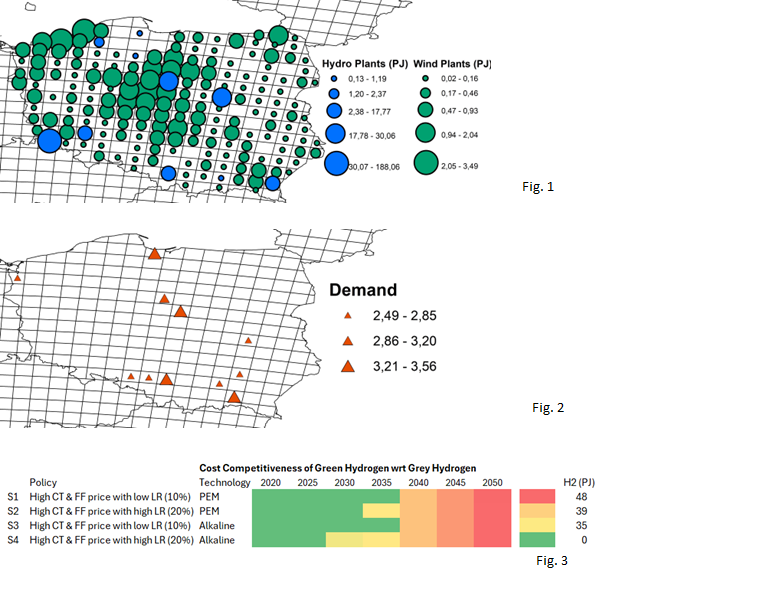
The “Green Hydrogen Production Potential in Poland” project is a collaborative initiative between the Warsaw University of Technology and the International Institute for Applied Systems Analysis (IIASA). This project aims to evaluate the potential for green hydrogen production from renewable energy sources for industrial applications in Poland.
The primary focus of this project is to utilize the BeWhere model, IIASA-AFE’s techno-economic engineering tool, to assess and optimize strategies for renewable energy processes and supply chains. The collaboration involves extensive research, data analysis, and the practical application of the model to evaluate the role of Green Hydrogen and its production potential in Poland.
Hydrogen is positioned as a critical energy vector in the ongoing energy transition, offering a path toward a sustainable future. Poland’s Energy Policy (2040) highlights the potential of hydrogen to reduce reliance on fossil fuels like crude oil and natural gas, with applications in heating and energy generation. This vision is further strengthened by the 2021 Polish Hydrogen Development Strategy. However, the widespread adoption of hydrogen necessitates adjustments to existing infrastructure and the development of dedicated systems for production, storage, and transportation.
This study addresses the gap in designing scenarios for Poland's hydrogen production and infrastructure development. Specifically, the research investigates the potential for cost-competitive green hydrogen production to replace existing grey hydrogen use in key industrial sectors. Focusing on green hydrogen production from wind and hydropower (Fig. 1), this research initially identifies 11 fertilizer and petroleum plants currently using "grey hydrogen" (Fig. 2). The study leverages the spatially explicit BeWhere optimization model from IIASA to comprehensively assess the potential for green hydrogen production across the supply chain under various sustainability and economic scenarios. These scenarios incorporate factors like resource and demand availability, techno-economic data for different electrolyser technologies, and policy measures such as carbon taxes and fossil fuel pricing.
Preliminary results indicate that, under scenarios with high fossil fuel prices and significant carbon taxes (Fig. 3), green hydrogen production using Proton Exchange Membrane (PEM) electrolysers will achieve cost competitiveness by 2035 in Poland. Notably, Alkaline electrolysers exhibit the potential to reach cost competitiveness five years earlier under similar conditions.
Research and Development
The main focal point of this collaborative research in Poland is Prof. Grzegorz Kunikowski, from Warsaw University of Technology, Faculty of Management, and Vice-Dean of Student Affairs. Prof. Kunikovski’s research stay at IIASA has been funded by the ERASMUS+ Programme. His work focuses on integrating green hydrogen as a fuel supporting energy transformation processes in Poland. During his visit to IIASA, Prof. Kunikowski has been trained on and worked extensively with the BeWhere model to optimize renewable energy systems in Poland.
Future Publications and Impact
The outcomes of this project will be documented in a joint publication, highlighting the BeWhere model’s impact and its applications in Poland's renewable energy strategy. This publication aims to provide valuable insights and guidelines for enhancing Poland’s energy resilience and sustainability.kra
This collaborative effort underscores the potential of green hydrogen as a sustainable energy source and encourages future research and development in Poland's renewable energy sector.
